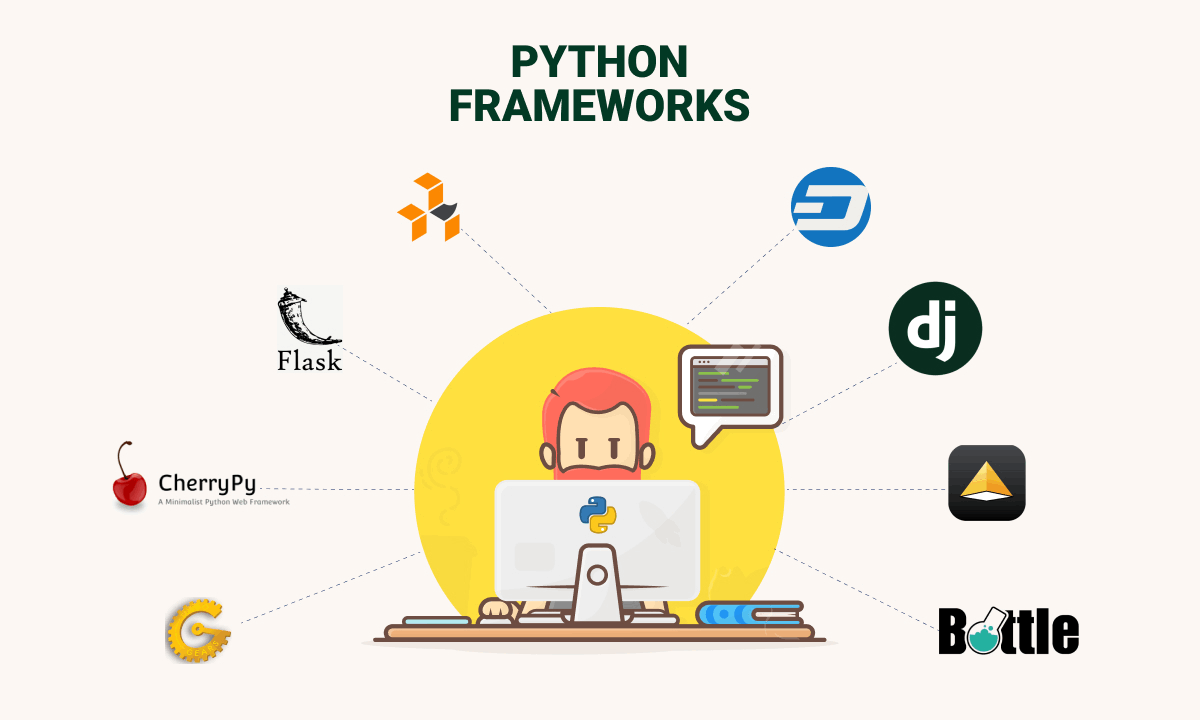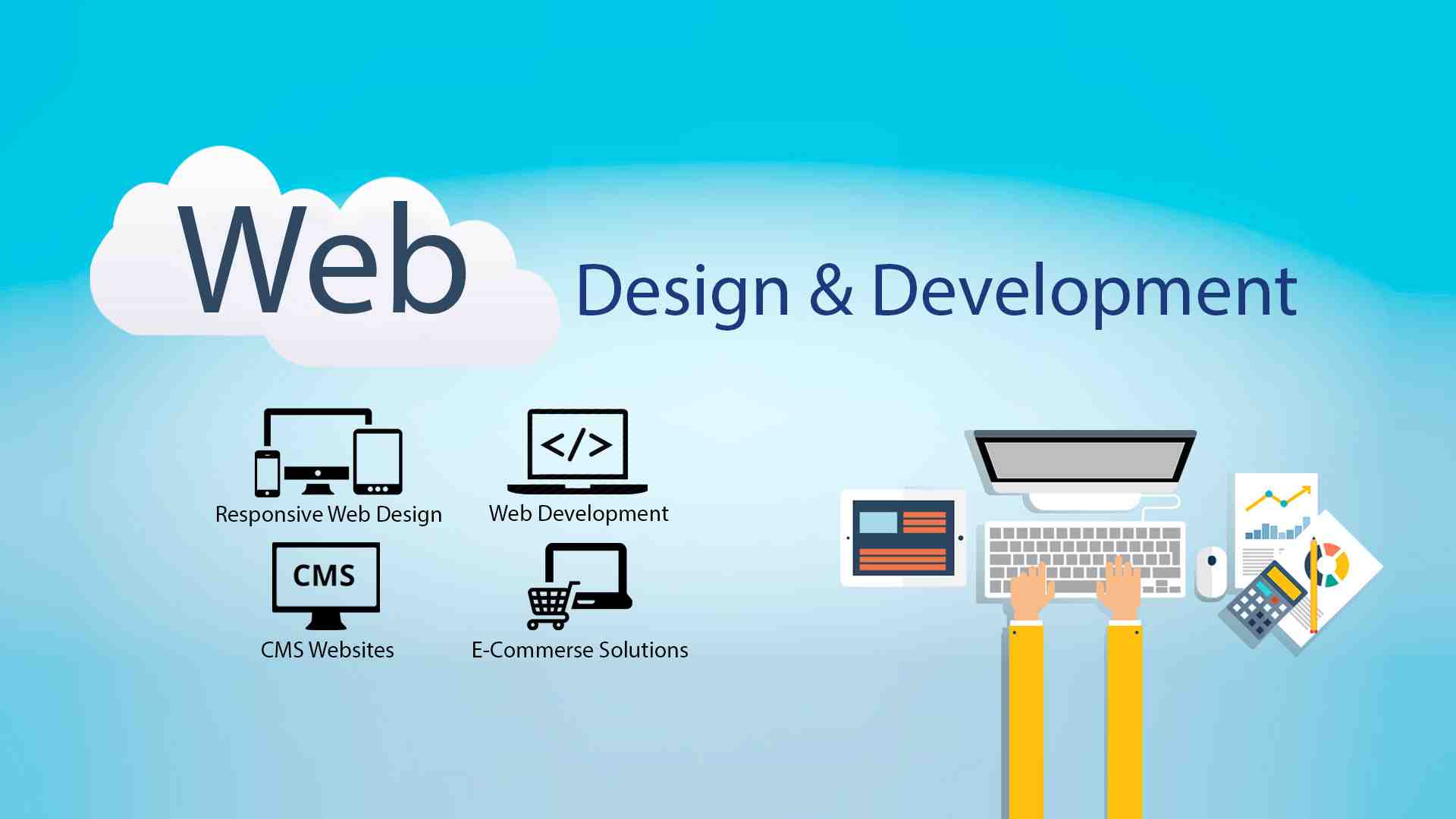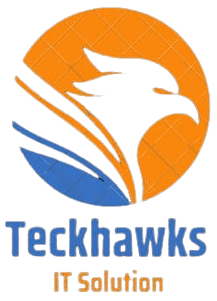An Ultimate Guide to Website Development
What Is Website Development?
Web development encompasses many aspects of programming, including HTML (Hypertext Markup Language), CSS (Cascading Style Sheets), JavaScript, PHP, and others. In basic terms, web development refers to building websites and online applications.
Why Learn Website Development?
If you want to make money online, learn web development! The web has become ubiquitous, and businesses need people who know how to create sites that work well, look good, and function properly. Many jobs require some level of web development experience, whether they're hiring an intern, freelancer, or full-time employee. If you’re just getting started down the path towards being a developer, developing skills in web development could help propel you forward.
What Do You Need To Know?
What do you need to know before learning web development? Are you looking for a career change or wanting to take your current job to the next level? What kind of environment does your company prefer? What languages should you focus on first? And, what tools should you consider using? By taking time now to ask these questions and determining what you want out of any potential career change, you'll have a better idea about where to start—and what to avoid—when learning web development.
How Much Time Will It Take?
It's hard to say exactly how long it'll take you to succeed at learning web development. That largely depends on how much effort you put into mastering the basics, as well as how fast you pick things up. However, if you have the right attitude, set reasonable expectations, and commit to yourself, then you should be able to get up to speed relatively quickly. But, don't expect to go from zero knowledge to expert overnight. It's a gradual process, especially when learning something new.
What Is Full stack Web Development?
Full stack web development is developing both the front end AND back end (database) of a website at the same time. This way you don't have any problems working on either side independently (front end + backend). You can work on the UI aspects of the site without worrying about the database schema or querying.
Front End Technologies:
HTML - HTML stands for Hypertext Markup Language. This is the language that tells your browser how to render a webpage. Every web page begins with an HTML document, so we need to know how to write these documents while following proper coding conventions. There are tons of online tutorials out there that teach you how to write good looking HTML pages, and its free to boot!
CSS - Cascading Style Sheets are design files that tell websites how to present themselves to users. In addition to defining colors, fonts, and layout, they also tell you how to align content and structure elements relative to each other.
Javascript / Typescript - Javascript is simply programming code that runs in your browser. One of it's biggest advantages is being able to run the exact same code on desktop computers, tablets, smartphones, smart TVs, etc. Because of this, javascript is becoming ubiquitous across many different platforms. TypeScript offers similar benefits and adds optional static typing, resulting in safer and faster development.
Back End Technologies:
Backend programming languages allow you to run programs on your server. In order to run these programs, you will need to set up a server. There are tons of platforms out there that offer hosting services for programmers, including Microsoft Azure, Google App Engine, Amazon Web Services, Heroku, DigitalOcean, and Rackspace Cloud Sites. Each platform offers a way to host your program remotely, as well as a way to upload files and access databases. There are many backend programming languages, but a few popular ones include PHP, Ruby on Rails, Python, NodeJS, Java, ASP.NET, C, Go, Scala, Clojure, and Haskell. Most people focus on learning one or two at first, and then expand their knowledge of those specific languages later on.
Database - A database stores information in a structured format, making it easier to find and manage. There are various types of databases including SQL, MySQL, MariaDB, Mongo DB, Redis, etc. Most developers choose to use relational databases (MySQL and PostgreSQL) since they offer powerful features to store, query, and retrieve data.
Web Server - A web server hosts a website. It provides the environment where your application lives. Your application connects to the web server using networking protocols like HTTP/HTTPS and sends requests to the server. Once the request is processed, the response is sent back.
Learn Git
Git is a version control software that helps you keep track of changes to your code and other assets. If you decide to learn how to code, you should know how to use Git. It is extremely useful tool and every programmer uses it. In addition to helping you keep track of your own code, Git will also help you collaborate with others on the same project, which is helpful when working with a team.
Where Can I Get Help Learning Web Development?
There are plenty of places to learn web development. For starters, you can find books and tutorials on the topic on Amazon. You may also find success with YouTube videos. And, finally, you might even benefit from joining a community focused around web development.



